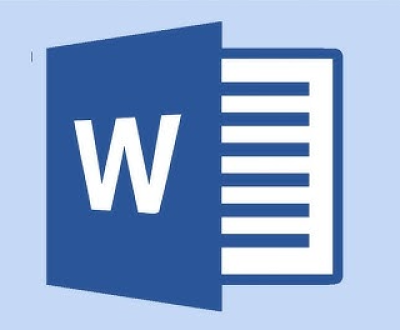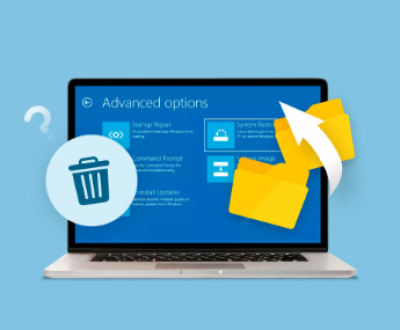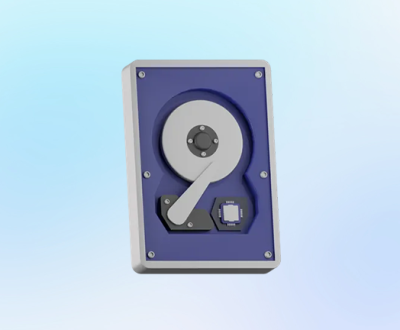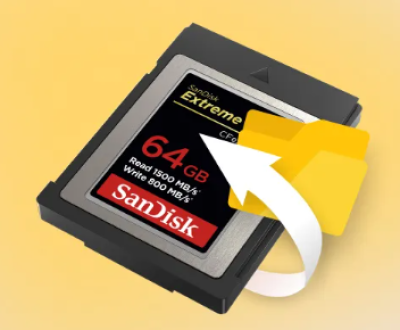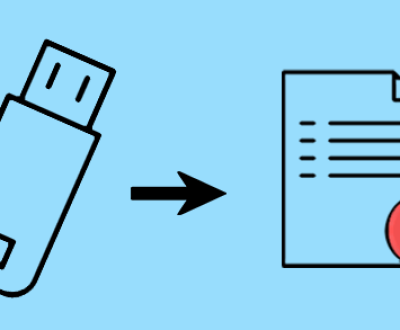Reformatting a video file means converting it from one format or codec to another. This process may be necessary for various reasons—compatibility with devices, editing requirements, file size reduction, improved streaming performance, or even uploading compliance for platforms like YouTube, Instagram, or TikTok.
Chapter 1: Video Formats and Codecs
Before jumping into how to reformat a video file, it’s crucial to understand what a video format actually is.
1.1 What is a Video Format?
A video format is the container used to bundle video, audio, and sometimes subtitles and metadata into one file. The most common video formats include:

MP4 (.mp4) – Universal support across devices and platforms.
AVI (.avi) – One of the oldest formats; supported widely but with large file sizes.
MKV (.mkv) – Popular for high-definition content; supports subtitles and multiple audio tracks.
MOV (.mov) – Developed by Apple; works best on macOS/iOS.
WMV (.wmv) – A Microsoft format optimized for Windows.
1.2 What is a Codec?
A codec (compressor-decompressor) determines how the video data is compressed and decompressed. Popular codecs include:
H.264 – Most widely used for compression and quality balance.
H.265 (HEVC) – Successor to H.264; better compression but less compatibility.
VP9 – Developed by Google; open-source and used for web streaming.
AV1 – Next-gen codec with superior compression but newer.
You might have an MP4 video that uses the H.264 codec—or an MKV using H.265. Reformatting a video could mean changing either or both.
Chapter 2: Why Reformat a Video File?
There are many reasons to reformat a video:
2.1 Device Compatibility
Older smart TVs or mobile phones may not support newer formats or codecs.
2.2 Editing Requirements
Video editing software may require specific formats like MOV or ProRes.
2.3 Upload Restrictions
Websites such as Instagram or TikTok might reject unsupported formats or resolutions.
2.4 File Size
Converting from an uncompressed format to H.264 can significantly reduce file size without noticeable loss in quality.
2.5 Playback Performance
Lowering resolution or bit rate can help videos run smoothly on low-end devices.
Chapter 3: Tools for Reformatting Video Files
You can reformat videos using desktop software, online converters, or command-line tools.
3.1 Desktop Software
A. HandBrake (Free)
Cross-platform (Windows, Mac, Linux)
Supports MP4 and MKV
Custom presets for web, devices, and more
B. Any Video Converter
Supports dozens of input/output formats
Built-in DVD burning
Audio and subtitle editing
C. Wondershare UniConverter
Batch conversion
Device-specific presets
GPU acceleration for faster performance
3.2 Online Video Converters
Ideal for short videos or quick tasks.
A. CloudConvert
Supports over 200 file types
Custom settings for resolution, codec, etc.
B. Online-Convert.com
Offers file format presets
Useful for quick edits
⚠️ Note: Online tools may limit file size or introduce watermarks in free versions.
3.3 Command-Line Tools
For advanced users who want maximum control.
A. FFmpeg
Powerful and flexible
Handles nearly any format or codec
Open-source and cross-platform
Chapter 4: How to Reformat a Video File – Step-by-Step
Let’s go over how to do this using various methods.
4.1 Reformatting with HandBrake
Step 1: Download & Install
Visit handbrake.fr and install the appropriate version.
Step 2: Launch the Application
Open HandBrake and click “File” to choose your video.
Step 3: Select Output Format
Choose MP4 or MKV as the container.
Step 4: Choose Presets
Use presets like “Fast 1080p30” or “Android 720p” depending on your target.
Step 5: Customize Settings (Optional)
Change codec (e.g., from H.264 to H.265)
Adjust resolution, frame rate, or bit rate
Step 6: Select Save Location
Click “Browse” to choose the destination folder.
Step 7: Start Encoding
Click “Start Encode.” The progress bar will indicate completion.
4.2 Reformatting with FFmpeg
If you’re comfortable with command-line tools:
bash
CopyEdit
ffmpeg -i input.avi -c:v libx264 -preset fast -crf 23 -c:a aac output.mp4
Explanation:
-i input.avi: Input file
-c:v libx264: Convert video to H.264
-crf 23: Constant Rate Factor (lower is better quality)
-c:a aac: Convert audio to AAC
output.mp4: Output file
To convert to MKV:
bash
CopyEdit
ffmpeg -i input.mov -c copy output.mkv
4.3 Reformatting Using Online Tools (CloudConvert)
Step 1: Go to cloudconvert.com
Step 2: Upload Your File
Step 3: Choose Target Format (e.g., MOV to MP4)
Step 4: Adjust Optional Settings (resolution, codec, etc.)
Step 5: Click Convert
Step 6: Download Result
Chapter 5: Best Format for Specific Use Cases
5.1 For Social Media (Instagram, TikTok, YouTube)
Format: MP4
Codec: H.264
Audio: AAC
Resolution: 1080p or 720p
5.2 For Editing (Premiere Pro, Final Cut)
Format: MOV or ProRes
Codec: Apple ProRes (for macOS) or DNxHD (for Windows)
Audio: PCM or AAC
5.3 For Archiving
Format: MKV
Codec: H.264 or H.265
Audio: FLAC for lossless
5.4 For Playback on TV/Consoles
Format: MP4 or MKV
Codec: H.264
Resolution: Match the TV (e.g., 1080p)
Chapter 6: Tips to Optimize Your Video Conversion
6.1 Maintain Quality While Reducing Size
Use CRF 18–23 in HandBrake or FFmpeg for balance.
Avoid re-encoding audio unless needed.
6.2 Convert in Batches
Most tools support batch conversion. Save time by loading multiple files.
6.3 Watch File Size
1 minute of 1080p H.264 video = ~50MB at 5 Mbps
Reduce bit rate or resolution if you need smaller files
6.4 Use Hardware Acceleration
Enable GPU encoding in apps like HandBrake or UniConverter if supported.
Chapter 7: Troubleshooting Common Issues
Problem 1: Audio Sync Issues
Use constant frame rate settings (CFR) instead of variable (VFR).
FFmpeg: -r 30 -vsync 1
Problem 2: Output File is Too Large
Lower bit rate or resolution.
Use H.265 instead of H.264.
Problem 3: Converted File Won’t Play
Try a universal media player like VLC.
Check codec support on the target device.
Problem 4: Choppy Playback
Reduce resolution or re-encode with a more compatible codec.
Chapter 8: Advanced Features and Batch Automation
8.1 Add Subtitles
Use HandBrake’s “Subtitles” tab to add SRT files.
8.2 Merge Multiple Videos
FFmpeg: ffmpeg -f concat -i list.txt -c copy output.mp4
8.3 Extract Audio Only
ffmpeg -i input.mp4 -q:a 0 -map a output.mp3
About us and this blog
Panda Assistant is built on the latest data recovery algorithms, ensuring that no file is too damaged, too lost, or too corrupted to be recovered.
Request a free quote
We believe that data recovery shouldn’t be a daunting task. That’s why we’ve designed Panda Assistant to be as easy to use as it is powerful. With a few clicks, you can initiate a scan, preview recoverable files, and restore your data all within a matter of minutes.
Subscribe to our newsletter!
More from our blog
See all postsRecent Posts
- How to recover deleted word document 2025-07-09
- How to recover deleted photos on sd memory card 2025-07-09
- How to recover completely deleted files 2025-07-09

 Try lt Free
Try lt Free Recovery success rate of up to
Recovery success rate of up to

